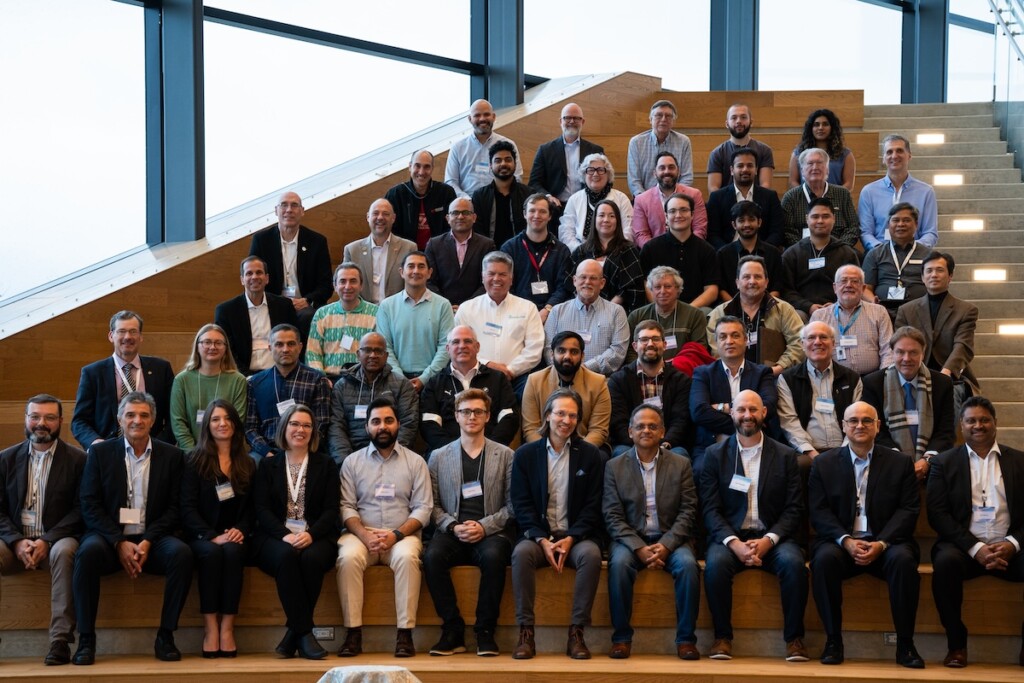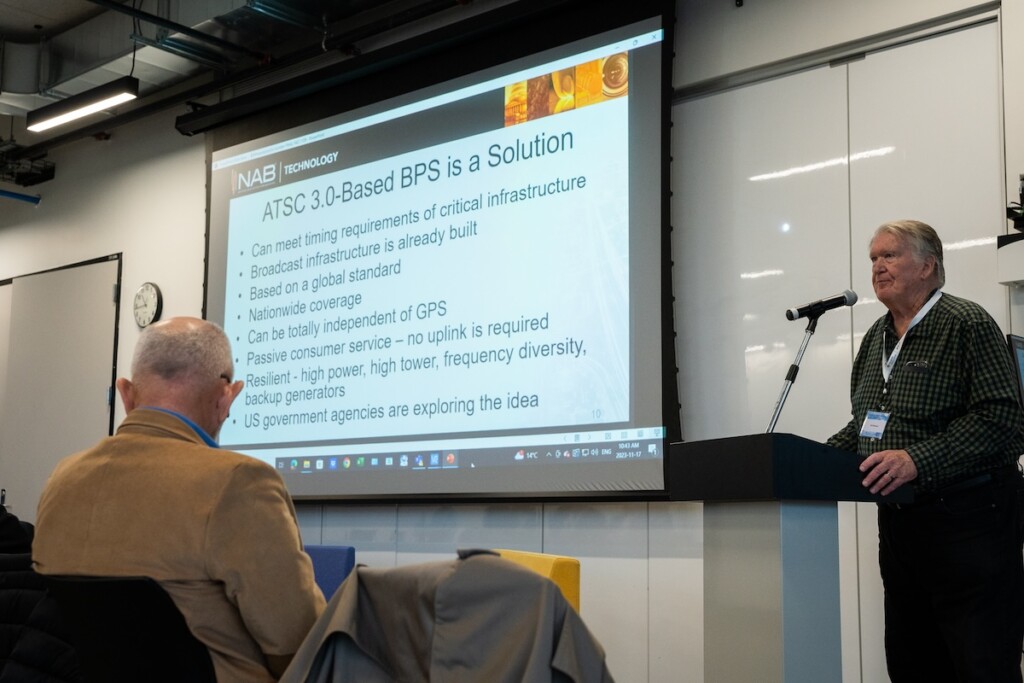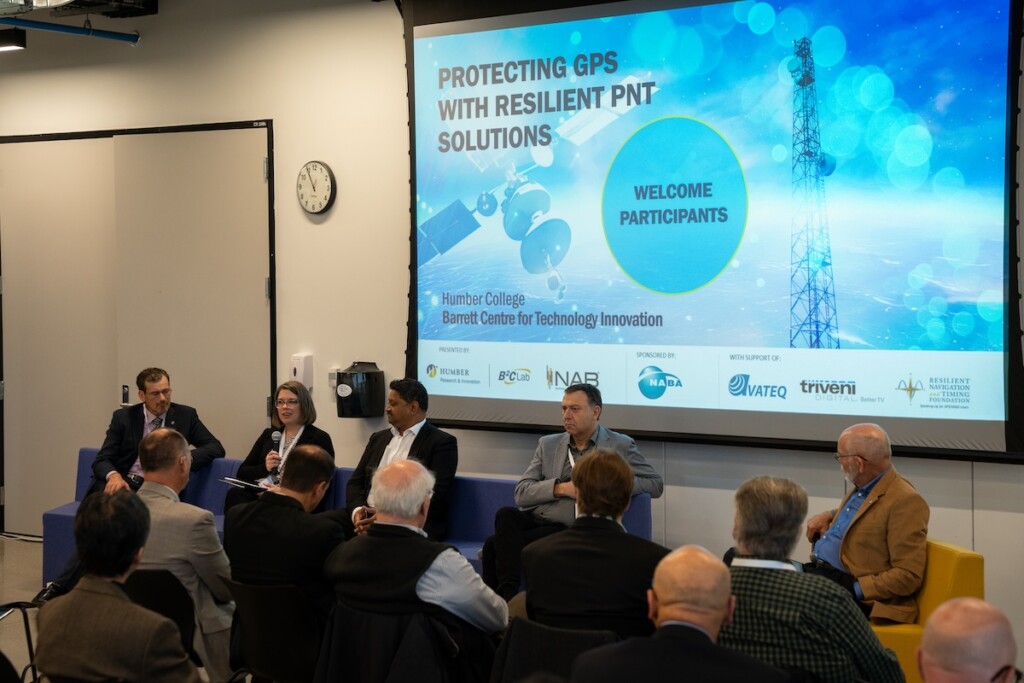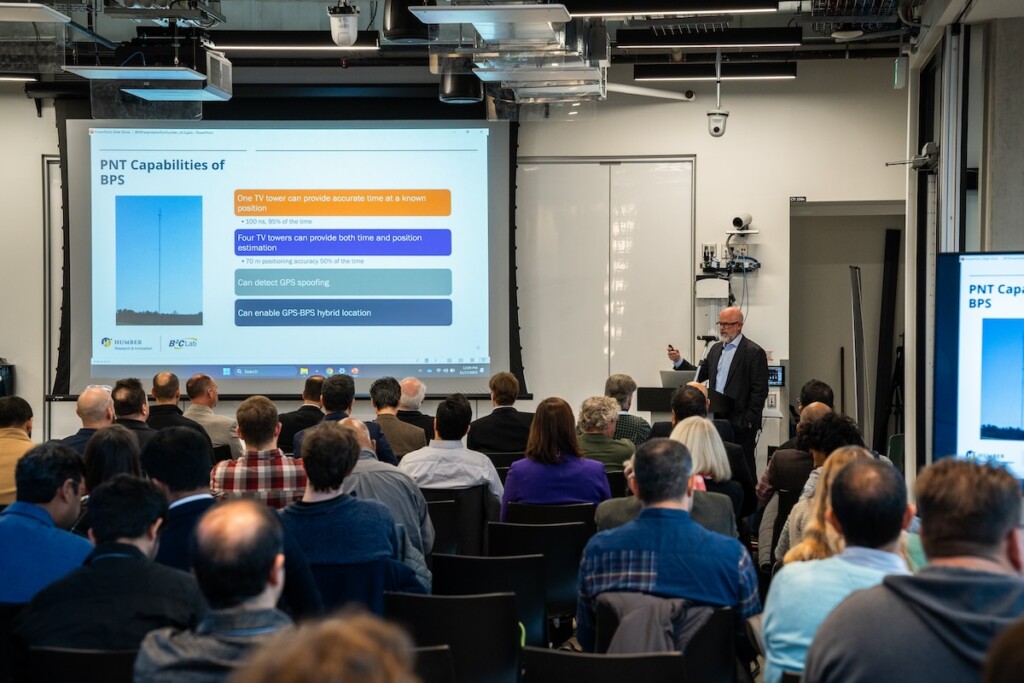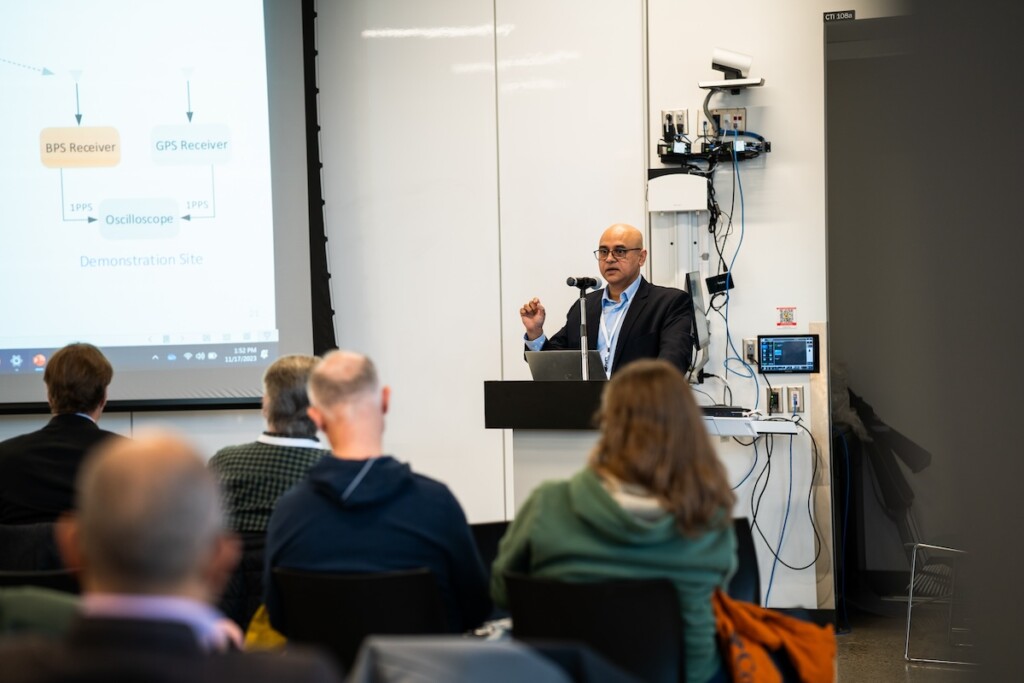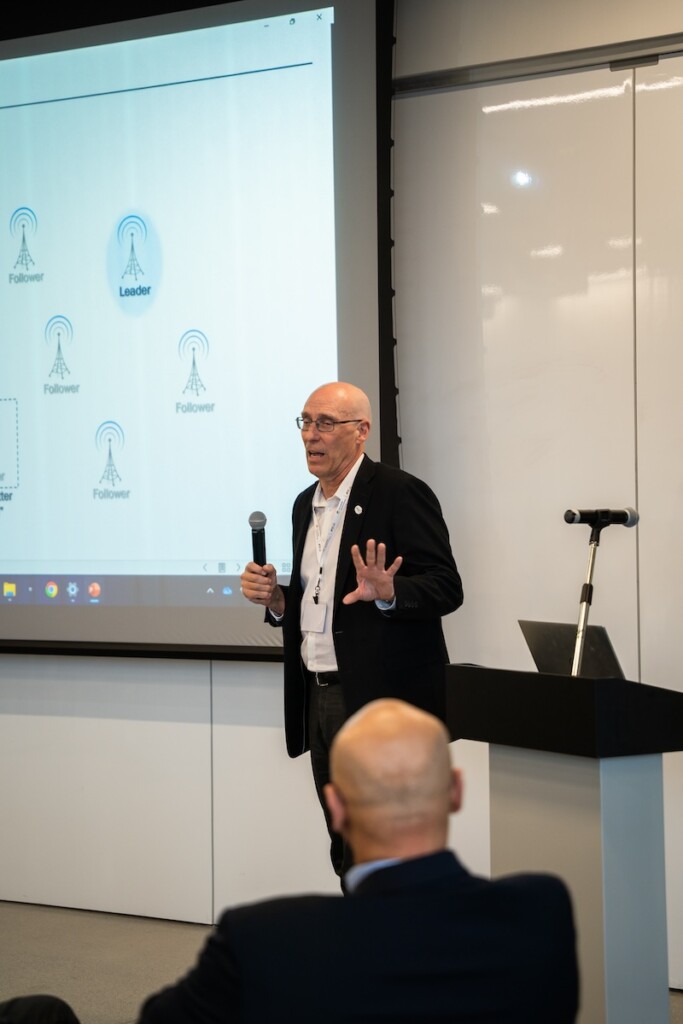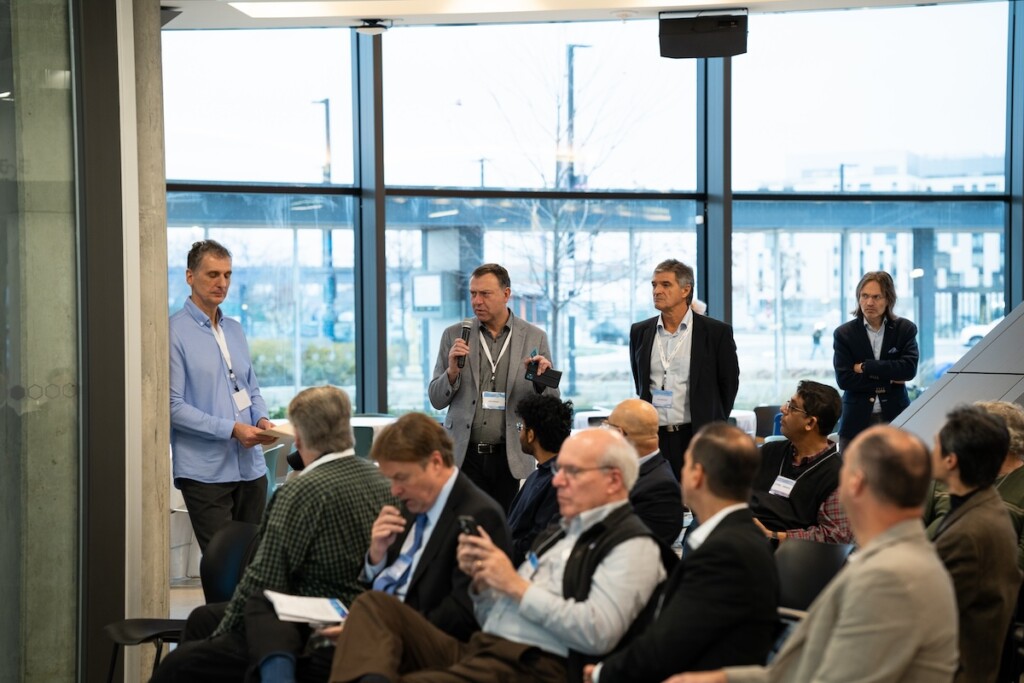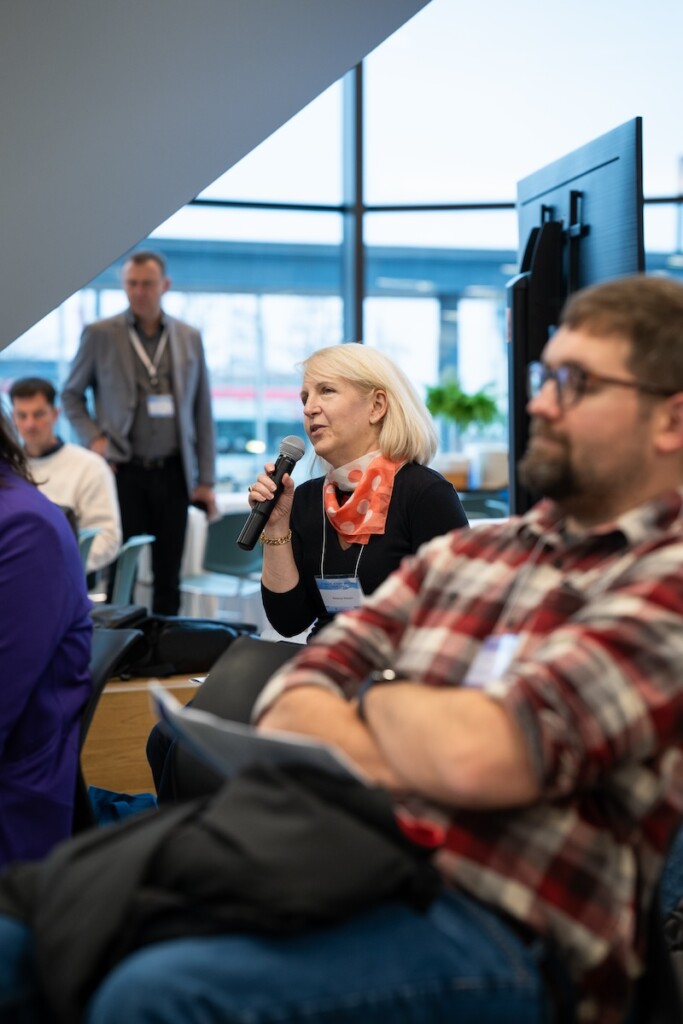On November 17, 2023, Humber College’s Broadcast–Broadband Convergence B²C Lab, in collaboration with NAB, hosted a PNT focused seminar that introduced and demonstrated Broadcast Positioning System (BPS). The event was attended by government and industry representatives from both the U.S. and Canada.
Dr. Pat Diamond, a member of The National Space-Based PNT Advisory Board, set the stage by highlighting GPS dependence and vulnerability.
Dr. Andrew Hansen of U.S. Department of Transportation, Jennifer Wharram of Government of Canada PNT office, Dr. Sunil Bisnath of York University and Adrian Stimpson of Hexagon led a panel discussion that was moderated by Dana Goward, president of the Resilient Navigation and Timing Foundation.
The discussion shed light on the current risks and the need of a complementary PNT solution both for the U.S. and Canada. Sam Matheny, chief technology officer of NAB, presented a high-level introduction of BPS. Matheny’s presentation was followed by an in-depth BPS technology discussion and a live demo led by Tariq Mondal of NAB, Mark Corl of Triveni and Vlad Anishchenko of Avateq. Willie Perez, B²C Lab engineering manager, monitored the system and ensured the live operation of BPS during the demo.
This was the first time BPS was put on air. A BPS enabled ATSC 3.0 transmitter, which was only 20 feet high and about a mile away from the receiver, transmitted the BPS signal at 1 Watt. The Avateq synchronizer, which controls the BPS timestamping process, used GPS as the timing reference of this proof-of-concept demonstration. The receiver was placed in the B2C Lab which was located on the 5th floor of the iconic Barrett Centre for Technology Innovation building. The 1PPS signal from the BPS receiver and the same from a GPS receiver were compared and displayed on an oscilloscope. The rising edges of the BPS and GPS 1PPS pulses were within 50 ns.
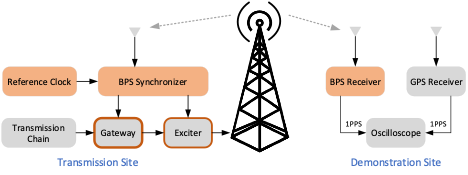
The Q&A session near the end of the program was particularly lively. The audience asked technical, policy and deployment related questions and offered improvement ideas. Some in the audience felt that BPS should try to achieve more than NAB’s initial target of delivering time within 100 ns of accuracy and traceability. Some members of the audience, such as Harvey Arnold of Sinclair, were so engaged in the Q&A session that they answered some of the questions asked by the audience.
Many thanks and credit go to Orest Sushko and Harleen Sachdeva of B²C Lab for successfully arranging the “Protecting GPS with Resilient PNT Solutions” seminar at the Humber College.


